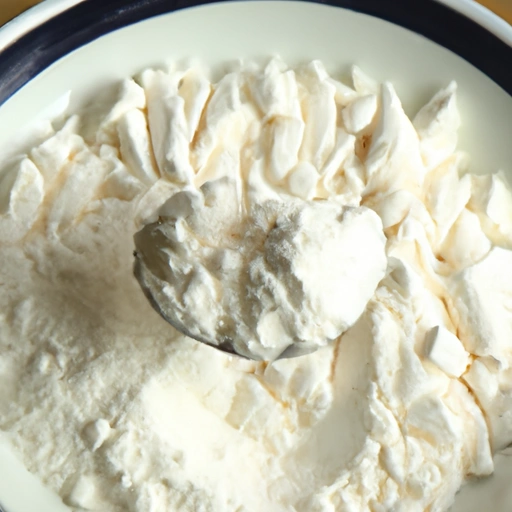Arrowroot
Description

Arrowroot is a gluten-free starch extracted from the roots of the arrowroot plant, Maranta arundinacea. It is a white, powdery substance that is odorless and tasteless, making it an ideal thickening agent for a variety of dishes without altering the flavor profile. Arrowroot's thickening power is twice that of wheat flour, and it is used in much the same way as cornstarch. In recipes, it is often measured in teaspoons (tsp), tablespoons (tbsp), ounces (oz), grams (g), or cups, with 1 cup of arrowroot powder weighing approximately 128 grams or 4.5 ounces.
Common uses
Arrowroot is commonly used as a thickening agent in sauces, gravies, puddings, and jellies. Its fine texture and neutral taste make it a preferred thickener in delicate sauces and clear glazes. It is also used as a flour substitute in baking, especially in gluten-free and allergy-friendly recipes.
Nutritional value
Calories
Arrowroot is low in calories, with 1 tablespoon (approx. 8 grams) containing about 30 calories.
Protein
Arrowroot contains a negligible amount of protein, less than 0.1 grams per tablespoon.
Fat
This ingredient is virtually fat-free, with less than 0.1 grams per tablespoon.
Carbohydrates
Arrowroot is rich in carbohydrates, with about 7 grams per tablespoon, making it an energy-providing ingredient.
Vitamins
While not a significant source of vitamins, arrowroot contains small amounts of B-vitamins such as folate.
Minerals
Arrowroot provides small amounts of minerals like potassium and iron, contributing to its nutritional value.
Health benefits
Arrowroot is known for its potential health benefits, including aiding digestion, soothing upset stomachs, and providing quick energy due to its high starch content. It is also beneficial for those with dietary restrictions as it is gluten-free, grain-free, and non-allergenic.
Potential risks
Although generally considered safe for most individuals, consuming arrowroot in large quantities may lead to gastrointestinal discomfort due to its high starch content. Individuals with specific dietary restrictions or health conditions should consult a healthcare professional before incorporating arrowroot into their diet.
Common recipes
Arrowroot is used in a variety of recipes such as biscuits, puddings, cakes, hot sauces, and fruit pie fillings. It's especially popular in gluten-free and vegan cooking.
Cooking methods
Arrowroot should be mixed with a cool liquid before being added to hot dishes to prevent clumping. It is added at the end of cooking since prolonged heating can cause it to lose its thickening ability.
Pairing with other ingredients
Arrowroot pairs well with dairy or plant-based milks for creamy textures, and its neutral flavor complements both sweet and savory ingredients.
Summary
Arrowroot is a versatile starch used in a variety of recipes around the world. Its thickening properties and neutral flavor make it a valuable ingredient in cooking and baking, particularly for gluten-free and dietary-sensitive dishes. With its low calorie count and potential health benefits, arrowroot is a nutritious addition to any kitchen pantry.